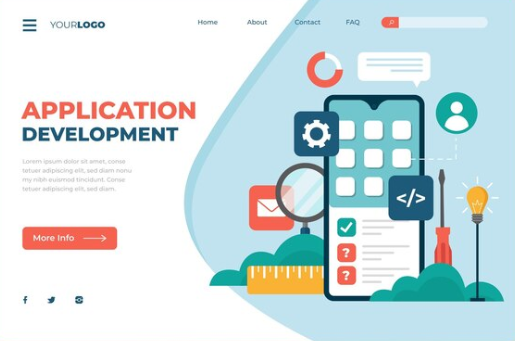Single Page Applications (SPAs) offer a compelling solution for delivering fast, engaging, and responsive web experiences. By understanding the benefits of SPAs and following best practices for implementation, you can create compelling web applications that delight users and drive business success.
In the ever-evolving landscape of web development, delivering exceptional user experiences (UX) is paramount. Single-page applications (SPAs) have emerged as a powerful tool for achieving this goal, offering a seamless and engaging browsing experience. In this article, we’ll delve deeper into SPAs, exploring their benefits and best practices for implementation.
Understanding Single Page Applications (SPAs)
Single Page Applications (SPAs) are web applications that load a single HTML page and dynamically update the content as the user interacts with the application. Unlike traditional multi-page websites, SPAs utilize AJAX and HTML5 to retrieve data and update the page without requiring a full page reload.

Benefits of Single-Page Applications
- Faster Performance
One of the key advantages of SPAs is their ability to deliver faster performance. By loading only the required content and resources, SPAs minimize latency and provide a more responsive user experience. This is particularly beneficial for mobile users and those with slower internet connections.
- Enhanced User Experience
SPAs offer a more fluid and engaging user experience compared to traditional websites. With SPAs, users can enjoy seamless transitions between different sections of the application, leading to a more immersive experience.
- Improved SEO Capabilities
While SPAs are primarily known for their dynamic content loading, modern frameworks, and libraries have made significant strides in improving their SEO capabilities. With proper implementation, SPAs can be optimized for search engines, ensuring that your content is discoverable and ranks well in search results.
- Simplified Development Process
Developing SPAs can be more straightforward compared to traditional web applications. Frameworks like React, Angular, and Vue.js provide developers with the tools and components needed to create SPAs efficiently, streamlining the development process.
Best Practices for Implementing SPAs
- Optimize for Performance
To ensure optimal performance, minimize the size of your JavaScript bundles and use lazy loading to defer the loading of non-essential resources. Additionally, leverage browser caching and compression techniques to reduce load times.
- Prioritize Accessibility
Make sure your SPA is accessible to all users, including those with disabilities. Use semantic HTML, provide keyboard navigation support, and ensure that your application is compatible with screen readers.
- Implement Proper SEO Techniques
To improve the SEO performance of your SPA, use server-side rendering (SSR) or pre-rendering techniques to generate static HTML content for search engine crawlers. Additionally, use meta tags and structured data to provide search engines with relevant information about your content.
- Monitor and Analyze Performance
Continuously monitor the performance of your SPA using tools like Google Lighthouse or WebPageTest. Identify and address any performance bottlenecks to ensure a smooth and responsive user experience.
Conclusion
Single Page Applications (SPAs) offer a compelling solution for delivering fast, engaging, and responsive web experiences. By understanding the benefits of SPAs and following best practices for implementation, you can create compelling web applications that delight users and drive business success.
Looking to enhance your web applications with single-page applications? Consider partnering with Tanbits, a web design and development services provider to create SPAs that deliver exceptional user experiences and drive business growth.
BACK










